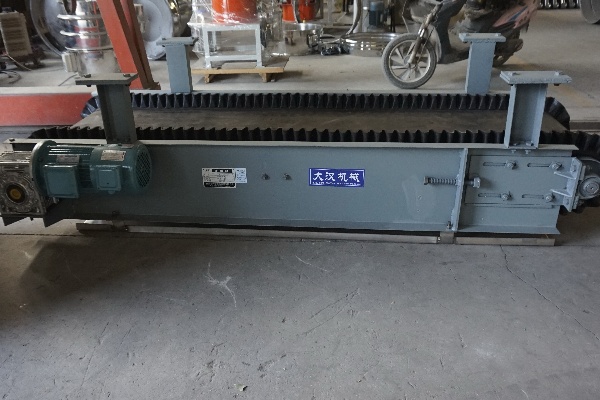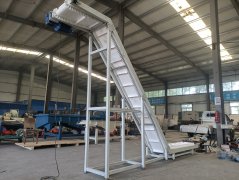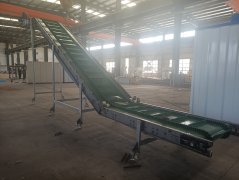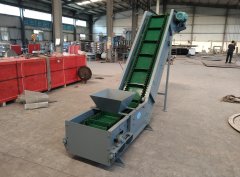Which is better PU or PVC conveyor belt?
Friday November-07 2025 14:36:50
PU and PVC conveyor belts are two common types of conveyor belts. Both provide for the smooth movement of materials, but each possesses unique material properties that lead to differences in performance under different operating conditions. PU conveyor belts are renowned for their outstanding wear and oil resistance, making them particularly suitable for handling abrasive or greasy materials. Their excellent hygienic properties also make them an ideal choice for demanding industries such as food processing. pvc belt conveyor , on the other hand, are favored for their versatility and excellent chemical resistance, providing a stable and reliable solution for many common material handling scenarios.
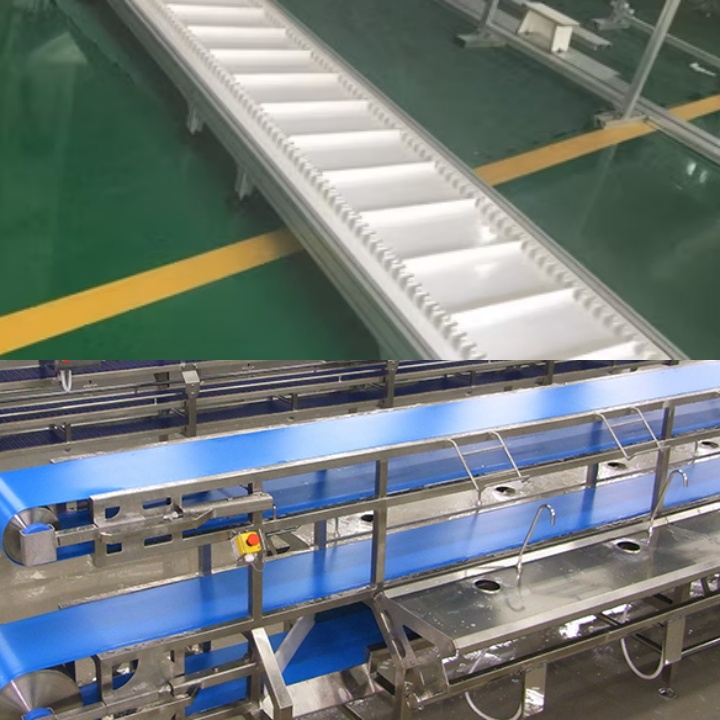
What are the advantages of PU conveyor belts?
PU conveyor belts, also known as polyurethane conveyor belts, are widely used in various industries due to their unique properties. PU conveyor belts offer excellent durability, chemical resistance, and hygienic properties, but they are generally more expensive than materials like PVC belt conveyor. Key advantages include:
Excellent wear and cut resistance: PU conveyor belts are made of a durable material that can withstand intense wear, cuts, and tears, making them particularly suitable for conveying heavy or sharp materials, such as in industries like mining, construction, and waste management. Excellent Oil and Chemical Resistance: PU conveyor belts offer excellent resistance to grease, solvents, and various chemicals, resisting corrosion and degradation. Therefore, they excel in industrial environments handling these substances, such as the automotive and chemical industries.
Excellent Hygienic and Food-Grade Properties: PU is inherently non-toxic and odorless, with a smooth, non-porous surface that resists dirt and easily cleans and disinfects. This makes it a top choice for industries with stringent hygiene standards, such as food processing and pharmaceuticals.
High Flexibility and Resilience: PU conveyor belts' flexibility allows them to adapt to complex, curved conveying systems, which is crucial in production lines requiring precise synchronization and frequent turns.
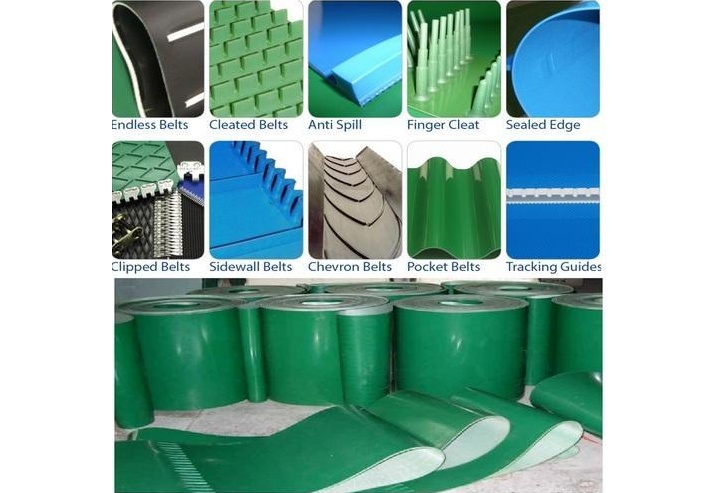
What are the Advantages of PVC Conveyor Belts?
PVC conveyor belts, with their unique advantages such as cost-effectiveness, durability, and safety, have become a popular choice for many light- and medium-duty material conveying applications. However, their abrasion and cut resistance are generally inferior to those of PU or rubber conveyor belts. Its key advantages include:
Cost-Effectiveness: Compared to conveyor belts made of materials like rubber or polyurethane (PU), PVC belt conveyor are more economical to manufacture and are an ideal choice for many cost-sensitive applications.
Good Chemical and Water Resistance: PVC is highly resistant to a wide range of chemicals and moisture, and is not easily corroded or affected by moisture. This makes it an excellent choice for industries that handle chemicals or operate in humid environments.
Excellent Flame-Retardant and Anti-Static Properties: Many PVC conveyor belts are flame-retardant and anti-static, effectively reducing the risk of fire and static electricity. They are therefore favored in safety-critical industries such as coal mining and electronics.
Easy to Clean and Maintain: The smooth surface of PVC conveyor belts makes them less susceptible to adhesion, making them relatively easy to clean and maintain. This is particularly important in industries with high hygiene requirements, such as food processing.
Lightweight and Smooth Operation: PVC conveyor belts are lightweight, effectively reducing the energy consumption of conveying systems. Furthermore, their excellent operational stability ensures smooth material movement during conveying, minimizing damage.
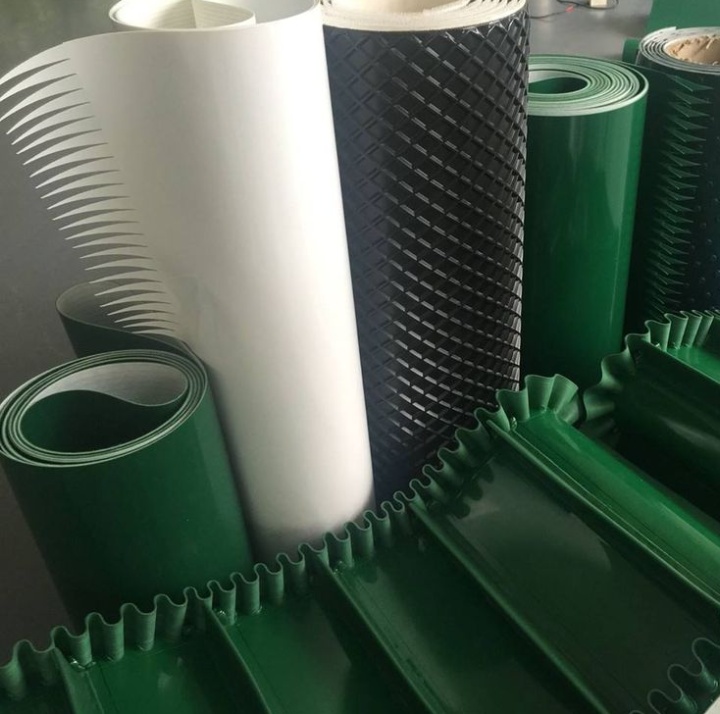
Comparison table of PU or PVC conveyor belt
| Feature | PU Conveyor Belt | PVC Conveyor Belt |
|---|---|---|
| Cost | Higher | Lower, cost-effective |
| Flexibility | Excellent, very soft, good elasticity | Fair, relatively stiff, poor elasticity |
| Abrasion Resistance | Excellent, far superior to PVC | Good, meets general usage requirements |
| Chemical/Oil Resistance | Outstanding, resistant to most mineral oils, greases, and solvents | Poor, prone to aging, hardening, and cracking in oil/solvent environments |
| Heat Resistance | Fair, typically -10℃ to +80℃ | Slightly better, typically -10℃ to +90℃ (special formulations can be higher) |
| Flexibility | High, suitable for small rollers and complex drive designs | Lower, requires larger roller diameters to avoid excessive bending |
| Temperature Range | -10℃ to +80℃ (short-term up to 110℃) | -10℃ to +90℃ (special types from -40℃ to +120℃) |
| Hygiene | Excellent, non-toxic, odorless, complies with FDA/USDA certifications, easy to clean, resistant to bacterial growth | Fair, food-grade PVC requires specific certification, surface micropores can trap dirt |
| Load Capacity | Medium to Good | Good to Excellent, high tensile strength, suitable for heavier loads |
| Typical Applications | Food processing (bakery, confectionery, meat), packaging, precision electronics, tobacco industry, oil-resistant environments | Logistics & parcel sorting, general packaging, building materials, agriculture, general manufacturing, non-oil item transport |
How to Choose Between PU and PVC Conveyor Belts?
When choosing between PU and PVC conveyor belts, the key is to decide based on the specific application and requirements. While both are commonly used, their material properties and application ranges differ significantly.
Application Environment and Material Type
PU Conveyor Belts: If the conveyor belt needs to handle grease, solvents, or a variety of chemicals, PU is the better choice. It offers excellent oil and chemical resistance and is not easily corroded. Furthermore, PU conveyor belts are highly wear- and cut-resistant, making them suitable for conveying heavy, sharp, or abrasive materials such as construction waste and ore.
PVC Conveyor Belts: If the application environment is relatively mild, primarily for conveying light to medium-weight materials that are not highly corrosive, PVC conveyor belts are generally adequate. They are resistant to common chemicals and moisture, but have less tolerance to grease.
Hygiene and Food Safety Requirements
PU Conveyor Belts: In industries with strict hygiene standards, such as food processing, PU conveyor belts are the preferred choice. PU is non-toxic and odorless, with a smooth surface that is easy to clean and disinfect, and meets food-grade standards. PVC Conveyor Belts: While some food-grade PVC conveyor belts exist, they are not as oil-resistant as PU. PU conveyor belts generally perform better when handling greasy materials such as meat and baked goods.
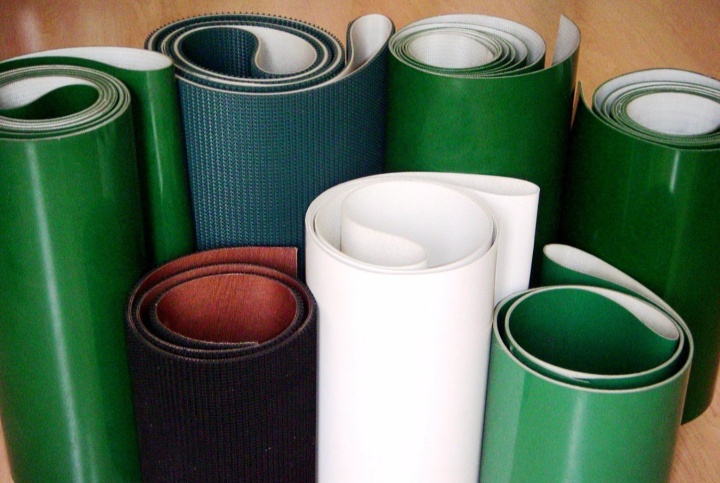
Cost and Budget Considerations
PVC Conveyor Belts: The biggest advantage of PVC conveyor belts is their low cost.
PU Conveyor Belts: Due to their production process and material properties, PU conveyor belts are generally more expensive than PVC. However, considering their longer service life and lower maintenance requirements, PU conveyor belts may offer better long-term economic benefits in some high-load applications.
Other Performance Considerations
Temperature Resistance: PU conveyor belts generally maintain good flexibility and performance over a wider temperature range, including low-temperature environments, while PVC conveyor belts may become brittle at low temperatures.
Flame Retardant and Antistatic: Many PVC conveyor belts are flame-retardant and antistatic, which are crucial in safety-critical industries such as coal mining and electronics manufacturing.
Flexibility: PU conveyor belts offer greater flexibility and elasticity, making them more suitable for conveying systems with frequent turns or complex paths.
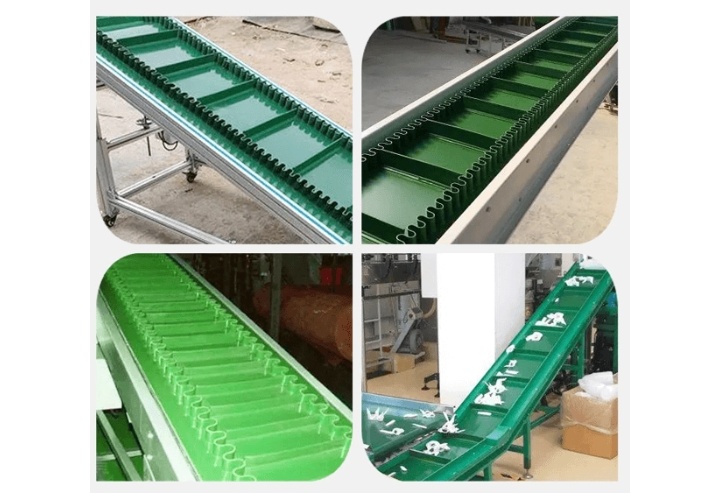
There's no absolute superiority or inferiority between PU and PVC conveyor belts; the only consideration is whether they're suitable for specific applications. When choosing between the two, focus on your actual production needs. If your production line involves high-abrasion, handling sharp materials, or needs to meet strict food hygiene standards, then the characteristics of a PU conveyor belt may better meet the requirements. Conversely, if the operating conditions are relatively routine, the materials are not highly corrosive, and there are no high demands on the specific performance of the conveyor belt, then a PVC belt conveyor may offer a suitable alternative.
